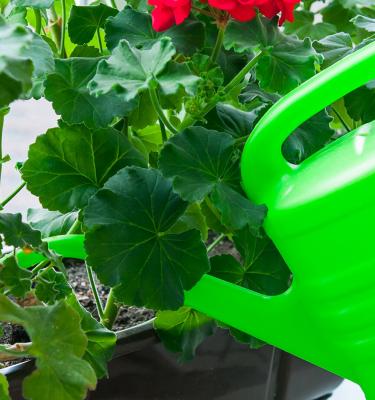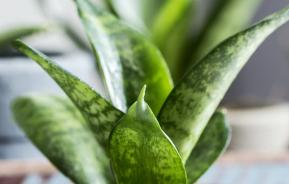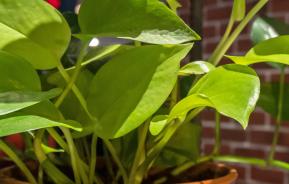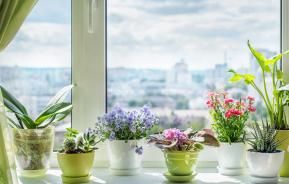Watering your houseplants is an easy job to do, but did you know that it's actually the most common cause of plant deaths. This is caused by too much water being poured regularly into the compost, which can cause plant roots to suffocate and rot.
The first thing you need to do is to make sure you research the houseplants you have. They won’t necessarily all like the same watering regime so look them up and find out what each different plant prefers. Some might need to be watered daily while others may prefer a little dry spell in between their waterings.
Only a few plants need permanently wet conditions. These include azalea, umbrella plant (Cyperus) and Acorus.
Before you start watering your plant, make sure you always use tepid water that has been allowed to gradually come to room temperature. Don’t use freezing cold water straight from the tap.
Azaleas, citrus trees, heaths and heathers are lime haters and in hard water, districts try to use rainwater. Alternatively, add a teaspoon of vinegar to a gallon of hard tap water and allow to stand overnight before watering ericaceous specimens. It is also a great idea to collect rainwater using a water container, which will fit nicely into most gardens and are great for the environment.
Before you start watering

Always check the plant's soil before you water it, do this by gently pushing your fingers into the soil to a depth of 2cm, making sure not to do any damage to the roots. The chances are if it’s moist then it doesn’t need a drink and you’ll be doing more harm than good by watering it again. But the golden rule is, check what that particular plant prefers. If it’s a cactus, after all, dry might be just what it needs! Keep in mind, that by overwatering your houseplants, you can cause the roots to rot.
Check the water in your area. Some tap water is softened and this may contain too much salt, other water is too hard. The water you’re using may also be too cold as most houseplants do like room temperature water. Consider using rainwater that you’ve collected or even distilled water.
Most plants with stems can be watered from above in the normal way. However, some plants grow better when watered from below. The stems of African violets, for example, are soft, flesh and hairy, and the growing crown can easily rot off if regularly wetted.
Similarly, the tops of cyclamen tubers should be kept dry to reduce the risk of grey mould disease attacking flower and leaf stalks. These plants are best watered from the saucer below, tipping away any excess after 15 minutes.
Before you start watering your plant, make sure you always use tepid water that has been allowed to gradually come to room temperature. Don’t use freezing cold water straight from the tap, as this will harm the roots of the plant, especially if it originates from a tropical climate.
Watering from above: ideal for most plants
Equip yourself with a good watering can with a long spout.
- Place the pot in a saucer and pour tepid water onto the compost.
- After 15 minutes tip away any excess water left in the saucer under the pot.
Watering from below: ideal for African violet, gloxinia and cyclamen
- Pour tepid water into the saucer below the pot.
- Leave until the surface becomes moist (approx. 15 minutes), then tip away any remaining water.
Keep an eye on your houseplants
If they start to wilt or the leaves turn yellow or start to drop, it’s probably a sign there’s something wrong. Check everything against what you know about that plant: its soil, its position, the amount of light it’s getting and of course, how much or little you’re watering it. Also, be mindful of the quality of the air in your home.
If your houseplant has dried out too much and isn’t absorbing the water you’ll have to water it little and often until it’s reabsorbed some moisture.
Too much water
If you start to see the leaves wilt and turn soft and finally look old and young leaves fall. You might also notice rotting of stems and plant crowns, or the roots are brown and rotten. Make sure that you are smart with the amount of water you are using for your plants.
Too little water
If you start to see leaves wilt and plant shows little growth or leaf edges brown and dry, then you need to water your houseplant more. Old leaves will fall first if this is the case.
Things to remember
Houseplants should bring a little joy into our lives and not be a source of stress or hard work. Make sure you spend a little bit of time learning about your houseplants as this can save you a huge amount of time and money in the long run.
Don’t let your plants become regularly stressed for example by always letting them get to the wilting point before you water and don’t assume that they’re all the same. Like us, they’re different and their needs will vary from plant to plant.
Houseplants are a plant that is accessible to everyone and they’re a really great finishing touch to your home however small or large. We’d love to know how you’re getting on with your houseplants and if you’ve got any tips please share them with us on our social media sites.








